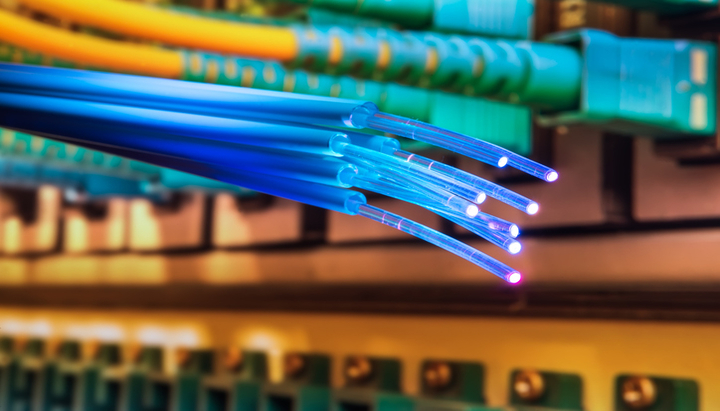There are many different ways of adding capacity to a network like procuring more spectrum, making that spectrum more efficient and densifying a network. Densification brings in addition of more cell sites to increase the amount of available capacity. Urban and dense public locations are usually challenged on capacity requirement, hence adding more cell sites can help share the capacity load and meet the overall capacity requirement. With 5G the cell site densification will only get more intense as the operating band will be much higher with low reach capability.
The high capacity wireless networks will require a large amount of fiber infrastructure for backhaul—meaning that urban areas and all rural communities where fiber infrastructure is scarce will likely have substandard, inadequate mobile service unless fiber is improved or expanded. Lets try to list out the compelling reasons before the network operator to deploy deep fiber in their networks.
Carriers will deploy many more small cells in higher frequency bands, with a low coverage radius. Without more deep fiber, carriers will be unable to support the projected 4x increase in mobile data traffic between 2016 and 2021.
Providing residential and business customers with increased broadband service choices. Deep fiber is a key tool for the national infrastructure imperative of providing consumers with high-speed broadband connections no matter where they live, at prices they can afford—thereby closing the “digital divide.”
Wireline broadband access supports as much as 90 percent of all internet traffic even though the majority of traffic ultimately terminates on a wireless device. Yet, 12 years after the first fiber-to-the-home deployments, only 38 percent of homes have a choice of two providers offering speeds of at least 25 Mbps. In rural communities, only 61 percent of people have access to 25 Mbps wireline broadband, and when they do, they can pay as much as a 3x premium over suburban customers.
If fiber gets imminent for the technology and to meet the end user requirement the next obvious question that arises is what would be the business case in return for the huge capex associated with fiber. The answer here lies in the different ways and strategies deployed to monetize the last mile access. The different models that can work for the business case are;
Utilizing deep fiber for multiple services: The rampant spread4rq of connected devices offers the prospect of new revenue; however, most connected devices will only require low bandwidth or will be WiFi-enabled and thus might not provide carriers with incremental revenue. In such cases, carriers could increase revenue by offering integration, network security, and traffic management services within the increasingly complex mix of devices and ecosystems.
Collaboration between carriers and OTT players to fund deep fiber: As over-the-top players are one of the biggest beneficiaries of the network carriers and the broadband network availability remains a key success factor they need to partner in funding for fiber deployment by owning assets or forming partnerships with carriers.
Deep fiber as a financial investment akin to real estate: Insufficient supply of deep fiber and overwhelming demand growth are strong fundamentals for fiber investment. Deep fiber to be contemplated as a long term and low risk. As interest investment grows from non-traditional fiber investors, shared infrastructure models will likely emerge for last mile fiber access.

